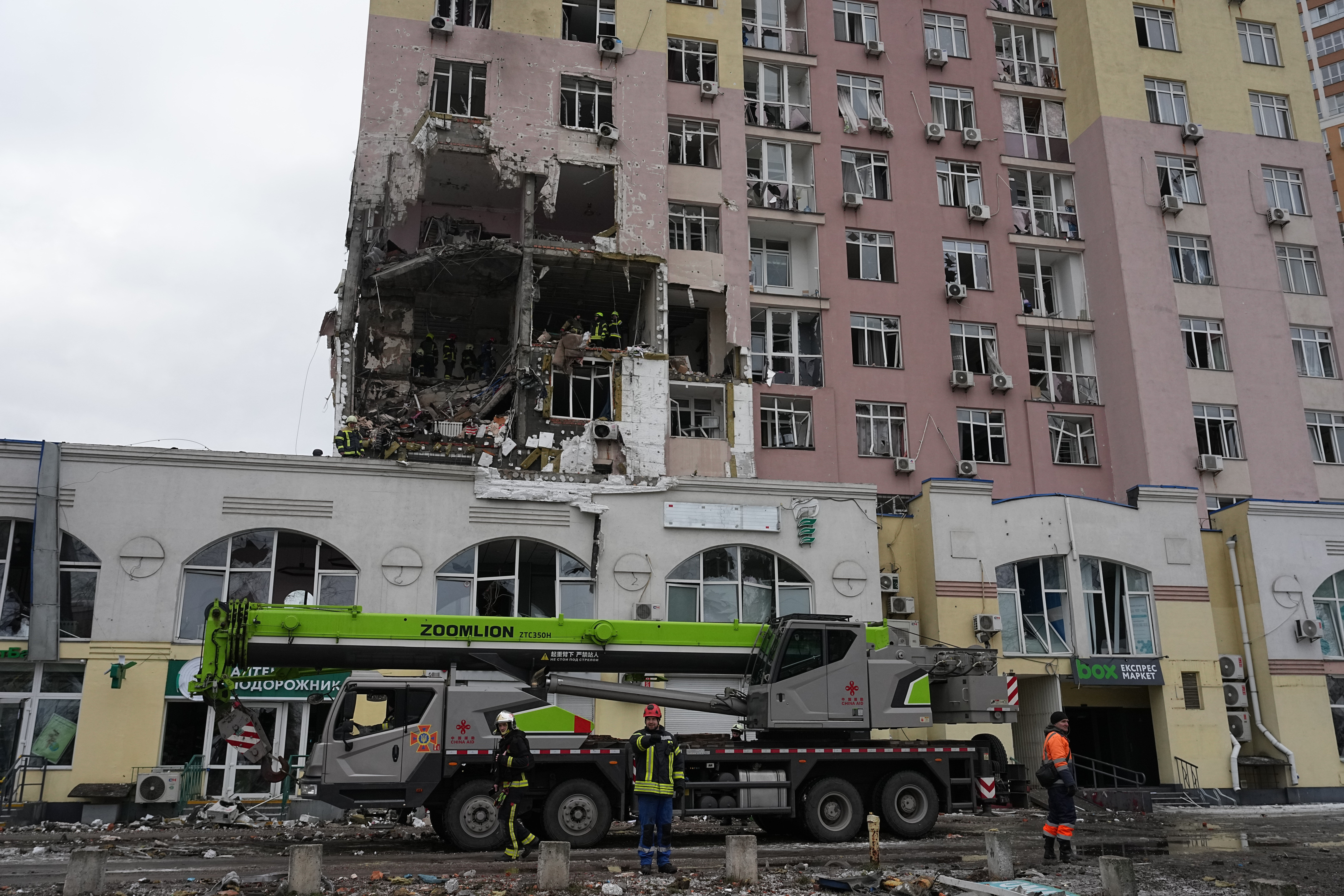Bridge to Safety
The shop is a few hundred feet from the old bridge that crossed the Locust Fork River. Its owner, Marvin Hazelrig, remembers state workers – including an uncle of his — who helped build the old span.
“It was about 1940 when that bridge was built. He was talking about they had to roll concrete out on boards when they built the bridge.”
The concrete and metal that shaped the bridge would last six or seven decades. But increased traffic took a toll, and coupled with a poor design, it was a dangerous piece of road. Several of Hazelrig’s friends and family members died there – not from collapse, but from accidents.
Ray Hallmark traveled the old bridge back and forth for 35 years. He says news of an aging infrastructure makes him a little more nervous with each passing span.
“I never really thought that up until the last few years, the way they got to inspecting all those bridges across the United States and found out what kind of shape they was in, then a lot of these bridges started to bother me a little bit then.”
In addition to being dangerous in design, the old 231 Locust Fork Bridge was also dilapidated. For years, it was deemed ‘structurally-deficient’ by the Federal Highway Administration. It received one of its lowest ratings possible: a 3 out of 100.
So the Alabama Department of Transportation, or ALDOT, officials replaced it a few months ago with a more elevated, straighter, wider span. The new bridge opened around the time of the freeway collapse in Minneapolis that killed 13 people… when terms such as ‘structurally-deficient’ and ‘functionally-obsolete’ became a part of the American bridge nomenclature.
Language that ALDOT officials say is giving drivers the wrong idea.
“We were beginning to realize we had a possible public perception issue brewing.”
That’s ALDOT spokesman Tony Harris, who says when it comes to getting the message out, certain words can steer public opinion from straight-and-narrow to roller coaster.
“In the industry, we’ve been our own worst enemy by using terms like that. When you talk about functionally obsolete, as scary as that term sounds, it really means that if you use today’s design standards to build that bridge, it would be built differently. It may be that the shoulder width of that bridge is not as wide as a modern bridge would be, but it doesn’t mean the bridge is unsafe.”
Harris says ‘structurally-deficient’ describes more than 21-hundred bridges throughout Alabama, spans where inspectors have found some deterioration, cracks or movement. But they say it doesn’t mean the bridge is about to fall. They respond by limiting load weights across the bridge or closing lanes.
Despite the reassurance and in light of the events up north, ALDOT’s George Conner – the Assistant State Maintenance Engineer for bridges – says highway and public officials are being extra-alert.
“The Minneapolis bridge fell on August the first. On August the second, the DOT decided to do a follow-up inspection on the three bridges that we have in our inventory that are similar construction.”
And those up-close re-inspections – also ordered by Governor Riley and federal highway officials — have been going on for the better part of a month now. And they’ve been getting checked whether they’ve had an inspection recently or not.
(On-the-scene from Coosa County) This bridge looks just like the one that collapsed in Minneapolis. Of course it’s only two lanes and there’re fewer cars that cross this bridge. It is a deck truss bridge that spans the Coosa River along the Coosa/Chilton County line. Highway 22 is the road.
Private consultants are inspecting every nook and cranny of this bridge in hopes of preventing anything like what happened in Minnesota last Summer.
“I believe there’s such a heightened awareness, that anybody looking at a bridge, anybody inspecting a bridge, anybody with the authority to close a bridge or say that it’s safe to use is being hyper, hyper-cautious.”
And that’s good, says civil engineer Henry Petroski, the author of the book Engineer is Human: The Role of Failure in Successful Design. What’s not-so-good, he says, is that when all the trauma and after-effects of the bridge collapse subside, there is a natural human settling. Lessons get lost. And that could pave the way for other disasters down the road. Say, about 30 years from now.
“When things don’t happen for a while, people – even engineers because, after all, we’re all human -we get a little complacent, we begin to think ‘well, we’ve got it figured out now, we understand how to design things, we understand how to inspect things’ and roughly, at 30-year intervals, this cycle repeats itself.”
Petroski says this about-every-thirty-years-a-bridge-will-collapse theory came from a paper written back in the 70s that says it takes about three decades for a generation of engineers to cycle through the trauma of a bridge disaster – making considerable safety adjustments to their designs to forgetting what was learned from the disaster.
He cites bridge collapses that occurred in 1847 and 1879 in England, in 1907 in Canada, in 1940 when Washington state’s Tacoma Narrows bridge twisted and turned into oblivion, and in 1970 when the West Gate bridge fell while under construction in Melbourne, Australia. This year’s bridge disaster in Minneapolis, he says, was a few years late.
Whether it is a technology issue or money issue – they are, you know, not mutually exclusive – engineers agree that more can be done to stop a future disaster.
“It’s not responsible infrastructure management if we don’t spend the money and determine where it needs to be spent for public safety. I feel very strongly about that.”
Bill Hitchcock is professor of civil engineering at UAB. He says there is an apathy that has settled in the public about bridge and infrastructure safety. People just assume it’s all safe, because why would the government let an unsafe bridge stay open?
But he knows better. He understands that old cliche that the ‘squeaky wheel gets the grease.’ And he says nobody’s hearing the noise.
“It’s going to take education, a fair explanation to the public – understandable and probably brief clips ‘What does it mean for us all?’ And I think the public has to assist in this. The public must have some interest in their safety and well-being and let the elected officials know this is a priority.”
Hitchcock equates a failure in infrastructure to the levees in New Orleans, before Hurricane Katrina. People knew they were inadequate for a major storm, but other things were prioritized and the levees weren’t bolstered. He fears the same is happening with bridges and dams and underground systems. That, like New Orleans, people won’t pay attention until a catastrophe.
Is Minneapolis that catastrophe? Or will it take others? He wonders.
Hitchcock and his department are developing new technology that can weigh trucks on bridges and account for what damage has been done by overweight loads. One way, he says, of reducing the risk.
ALDOT’s George Conner says the technology of the past is becoming more and more obsolete – functionally, and structurally. But the only thing highway officials can do, he says, is their job: carefully and regularly maintaining those things for which they are responsible.
“We are living in a world where we’ve built a lot of infrastructure and it’s getting old fast. But as long as we have the ability to take appropriate restrictive actions or even close bridges to traffic, we will not allow bridges that we know to be unsafe to be in service.”
Barring unlimited money and unmatched technology, that’s about the best guarantee he says we’re going to get.
Russia attacks Kyiv, killing 1 and wounding many ahead of Ukraine-US talks
Russia attacked Ukraine's capital with missiles and drones early Saturday morning, killing one and wounding over 20 people a day before talks between Ukraine and the U.S., local authorities said.
Myanmar is set to hold phased elections. Here’s why they’re being called a ‘sham’
Myanmar's military rulers are holding a general election in phases starting Dec. 28 amid the country's civil war. The head of the U.N. says the vote will be anything but free and fair.
Judge to hold hearing on whether Kilmar Abrego Garcia is being vindictively prosecuted
A federal judge this week canceled the trial of Kilmar Abrego Garcia, and scheduled a hearing on whether the prosecution is being vindictive in pursuing a human smuggling case against him.
Thailand and Cambodia sign new ceasefire agreement to end border fighting
In addition to ending fighting, the agreement calls for no further military movements by either side and no violations of either side's airspace for military purposes.
Top Instagram reels from Goats and Soda in 2025: Plumpy’Nut, aid cuts, soccer grannies
Our most-viewed Instagram videos include reports from a Rhode Island factory that makes special food for malnourished children and from a tournament for soccer-playing "grannies."
Should the U.S. model its vaccine policy on Denmark’s? Experts say we’re nothing alike
The Trump administration wants to revamp U.S. childhood vaccination recommendations to align with some other peer nations, including one tiny country in northern Europe.








